The iPhone 14 has a feature-rich technical sheet, such as emergency access to satellites, iOS 16, and a more powerful battery than the predecessor iPhone 13. This combination can make fans want to switch. After two years, iPhone 12 users still have in their hands a current cell phone with 5G internet and OLED display. In the following lines, compare the features of the two devices and decide whether – for your scenario – it is worth switching from the 12 to the 14.
iPhone 14 vs iPhone 12
| iPhone 14 | iPhone 12 | |
|---|---|---|
| Launch | September 2022 | October 2020 |
| Current price | from $799 | from $486 |
| Bodies | 6.1 inches | 6.1 inches |
| Screen resolution | Full HD+ (2532 x 1170 pixels) | Full HD+ (2532 x 1170 pixels) |
| Processor | A15 Bionic | A14 Bionic |
| RAM | – | – |
| Storage | 128 GB, 256 GB or 512 GB | 64 GB, 128 GB and 256 GB |
| Memory card | no support | no support |
| Back camera | Dual Camera: 12 MP, and 12 MP | Dual Camera: 12 MP, and 12 MP |
| Front Camera | 12 MP | 12 MP |
| Battery | – | – |
| Operating system | iOS 16 | iOS 14 |
| Dimensions and weight | 146.7 x 71.5 x 7.8 mm; 172 grams | 146.7 x 71.5 x 7.4 mm; 164 gramas |
| Colors | blue, purple, midnight (graphite), starlight (white), and red | black, white, red, blue, green, and purple |
Screen and design

On the front end, the two models have several similarities. They feature a 6.1-inch borderless display with OLED technology, commercially dubbed the Super Retina XDR Display. The resolution is Full HD+ (2532 X 1170 pixels), which allows a rate of 460 pixels per inch. The devices also achieve 625 nits of brightness, with a maximum peak of 1,200 nits.
Both screens have a special treatment called Ceramic Shield, which, according to the manufacturer, ensures greater resistance than any smartphone glass. Another important protection is the IP68 certification, which allows resistance to water and dust and allows the phone to be immersed in up to six meters for 30 minutes.
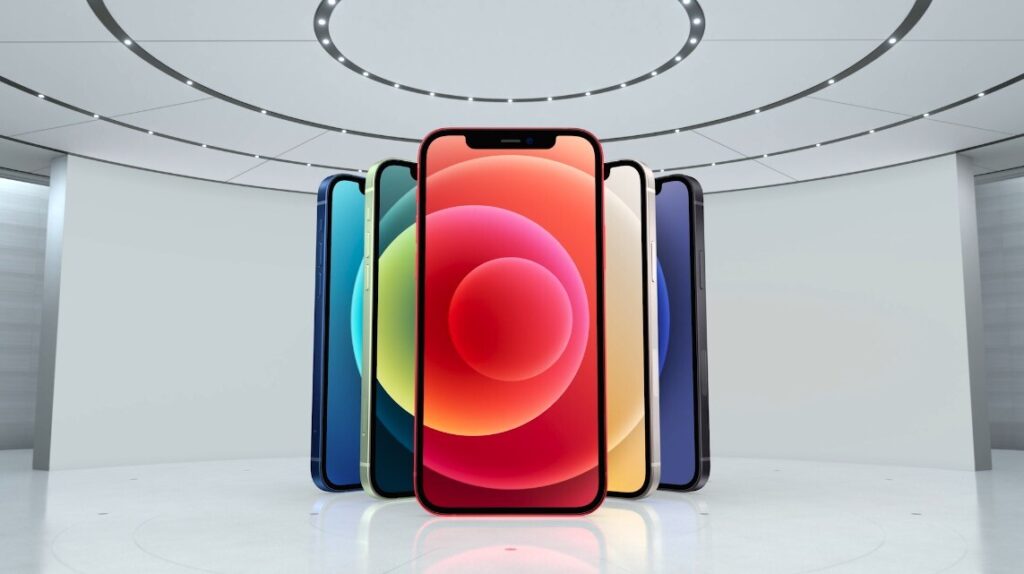
As for the design, they are also similar. The frame is more square and the sides flattened, in a design very similar to older iPhone models, such as the iPhone 5. The edges are greatly reduced thanks to the reduced edges. On the front, there is a large notch housing the selfie camera.
At the rear, there is a difference in the arrangement of the lenses. The alignment of the camera is positioned on a square base at the top left. While the iPhone 12 has two lenses one below the other, the new model has the lens assembly module on the diagonal.
iPhone Cameras

Both the iPhone 14 and iPhone 12 feature a set of dual cameras on the rear. Although the resolution is the same on both models, the new generation promises superior performance in night shots, thanks to the larger lens aperture.
The iPhone 14’s photo set consists of:
- 12 MP main (f/1.5)
- 12 MP Ultra Wide (f/2.4)
- 12 MP front camera (f/1.9)
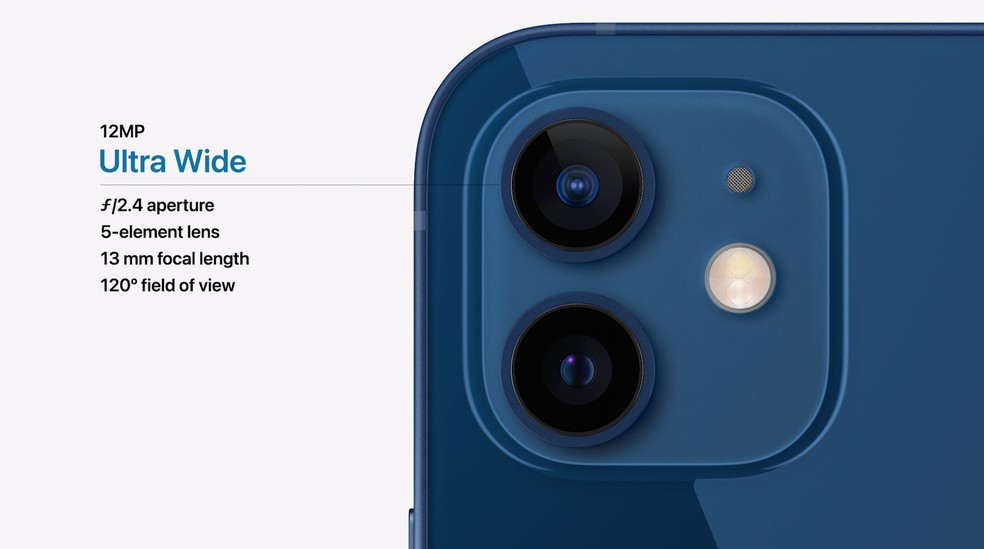
The iPhone 12’s photographic arrangement, on the other hand, is as follows:
- 12 MP main (f/1.6)
- 12 MP Ultra Wide (f/2.4)
- 12 MP front camera (f/2.2)
The new iPhone has gained improvements in the front camera. According to the manufacturer, the sensor has become larger and has allowed for a 38% improvement in capturing photos and videos in low-light environments. In addition, it is worth mentioning the autofocus function in the selfie camera.
Both devices have video recording in 4K, with HDR and Dolby Vision at up to 30 frames per second. The big difference is the possibility of using Cinema Mode in the new conventional iPhone line, in which it is allowed to blur the background of people and objects for a more sophisticated and professional look.
Performance and Storage
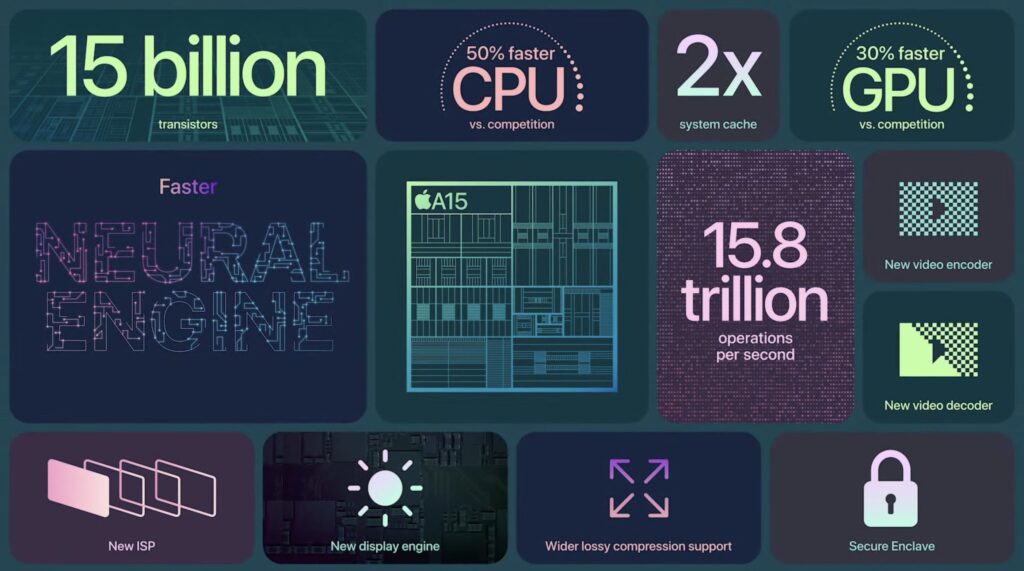
The iPhone 14 does not come with the A16 Bionic in its composition. Apple decided to put its most powerful processor only in the most sophisticated versions of the new line, the iPhone 14 Pro and iPhone 14 Pro Max. With this, the new mainstream model comes with the same processor as the iPhone 13: the A15 Bionic, with a six-core CPU (two high-performance and four energy-efficient).
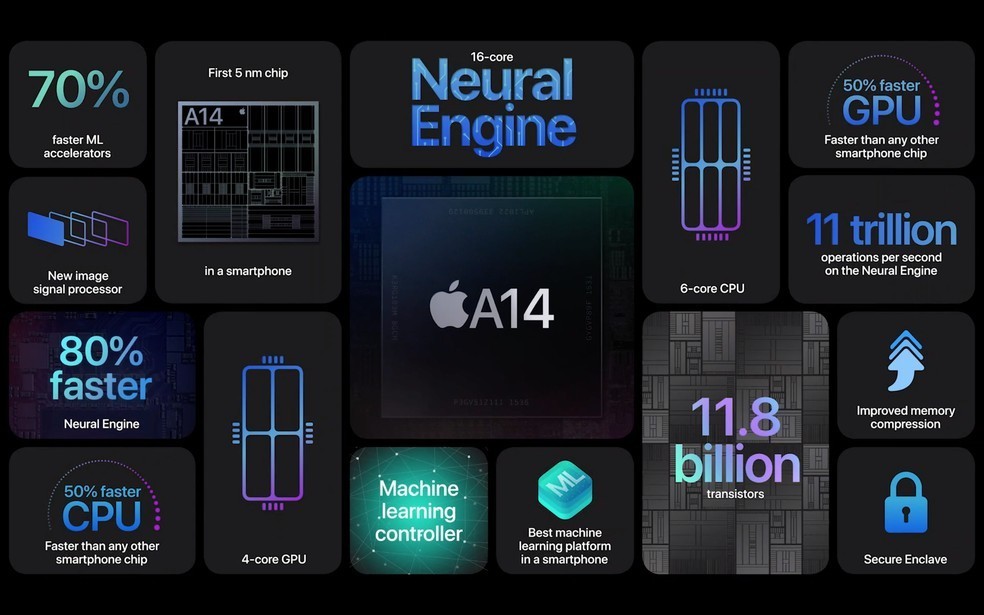
Meanwhile, the iPhone 12 brings in its datasheet the A14 Bionic processor also with six cores (two high-performance and four energy-efficient). The change, however, is present in the GPU, which has gained an extra core in the new generation. Although not confirming the number, rumors suggest that the new model brings 6 GB of RAM. A 50% jump tends to allow better performance in multiple tasks.
As for storage, the 2020 model brings 64 GB, 128 GB, and 256 GB as options. The new version already starts with 128 GB and still brings the possibility of 256 GB and 512 GB. Neither of the two counts with the possibility of an external memory card.
Apple Battery
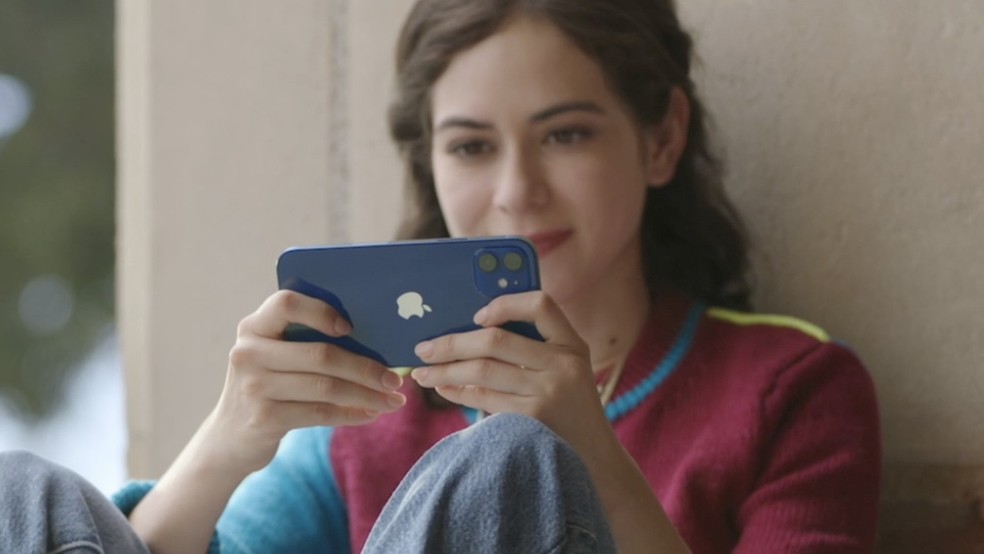
Apple also does not reveal the battery capacity in mAh of the iPhones, but it is estimated, according to the manufacturer, that the iPhone 14 will allow up to 20 hours of video playback on the iPhone 14, 16 hours of video streaming, and 80 hours of audio playback. Whereas the 2020 model guarantees 17 hours of video, 11 hours of video streaming, and 65 hours of audio playback.
The GSM Arena portal, which specializes in technology, estimates that the iPhone 12 has a 2,815 mAh component, while the iPhone 14 would bring 3,279 mAh. This is an interesting difference that puts the newer generation in an advantageous position.
Both phones are compatible with 20W fast charging. This means that it is possible to take the model’s battery from zero to 50 percent in 30 minutes. Wireless charging up to 15W is done via MagSafe and Qi. None of them come with a charger in the box.
iOS System
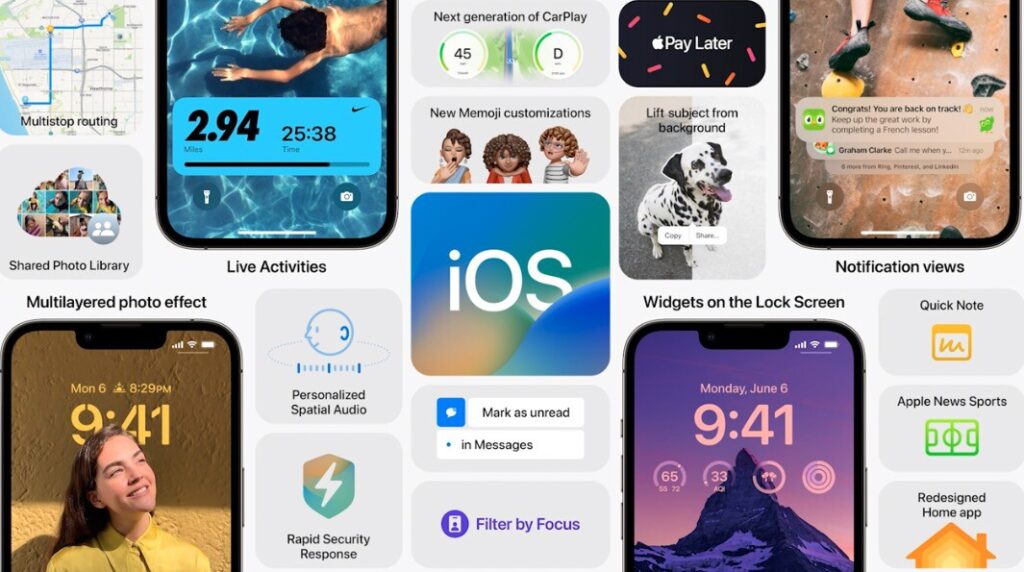
The iPhone 14 arrived with the new iOS 16. The new version of Apple’s operating system features a revamped aesthetic for the lock screen and new functions, including allowing text reading in videos. It is worth mentioning the focus on customization of the device.
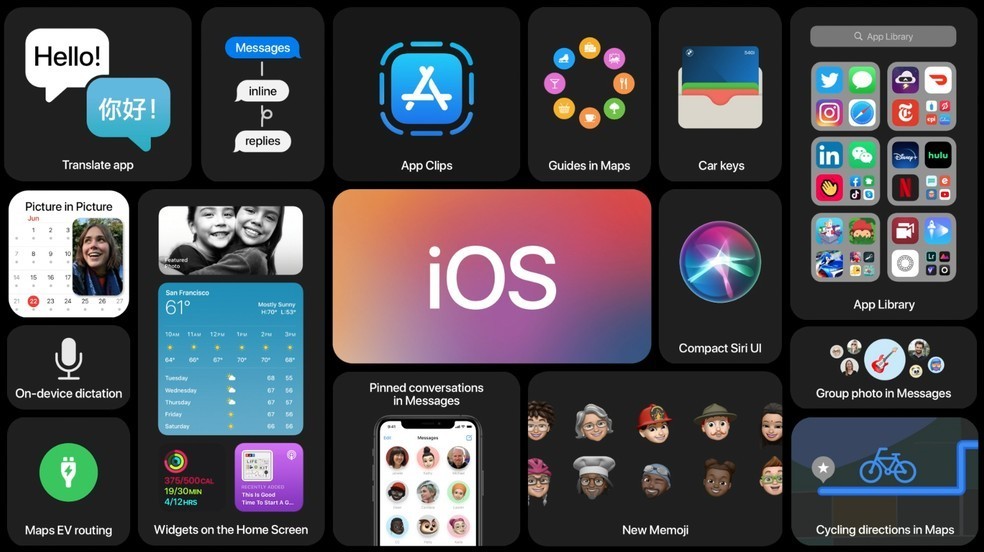
Meanwhile, the iPhone 12 leaves the factory with iOS 14, Apple’s operating system update announced in June 2020. However, the manufacturer has already reported that the model receives the update to iOS 16.
Additional Features

The iPhone 14 and iPhone 12 are compatible with the new 5G mobile network. The 5G is already found in some countries, bringing very high data transmission speed.
In addition, they bring NFC technology, which makes it possible to make payments by proximity without needing a card to perform the procedure. Both devices also feature TrueDepth technology, responsible for the phone’s facial unlocking function, Face ID.
The iPhone 14 has Bluetooth 5.3, which is faster than the Bluetooth 5.0 of the iPhone 12, plus a feature unique to the new generation, Accident Detection. With this, the phone is enabled to identify if the user is in a car accident to notify local emergency services.
Price and Availability
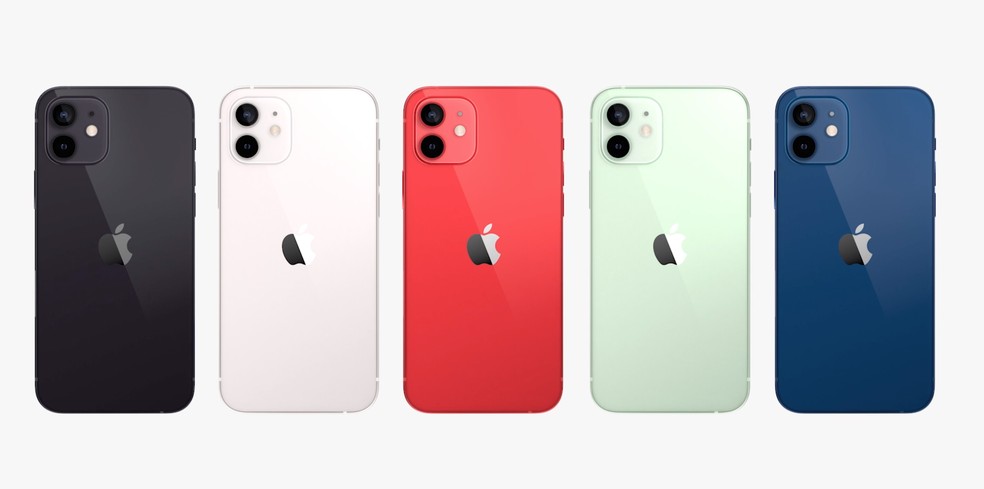
The iPhone 12 can be found for as low as $486 on Amazon. It comes in six available color shades: black, white, red, blue, green, and purple.
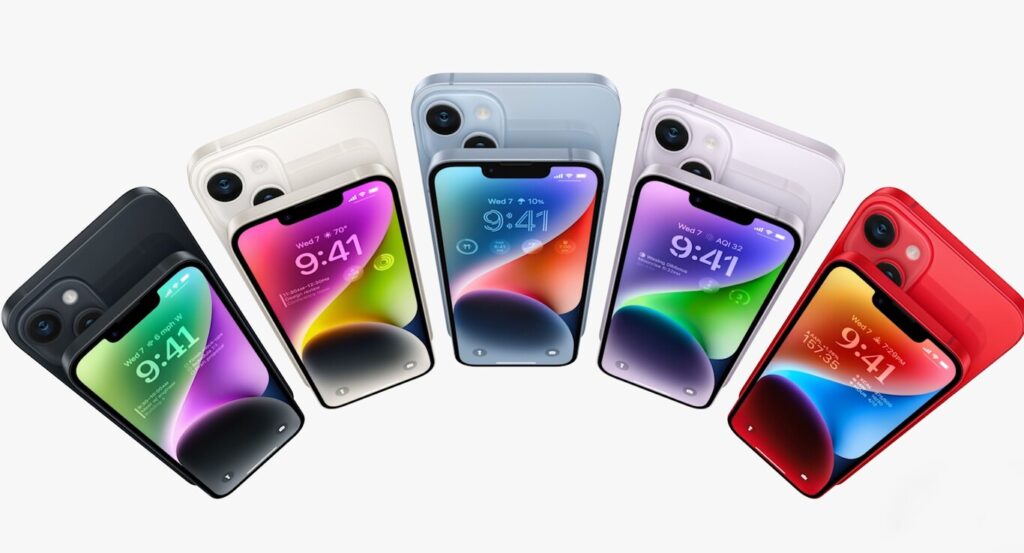
The iPhone 14, in turn, was introduced in the market with a suggested retail price of $799, with 128 GB storage. For now, there is no date set for the beginning of sales. The color options are blue, purple, midnight (graphite), starlight (white), and red.
This post may contain affiliate links, which means that I may receive a commission if you make a purchase using these links. As an Amazon Associate, I earn from qualifying purchases.

